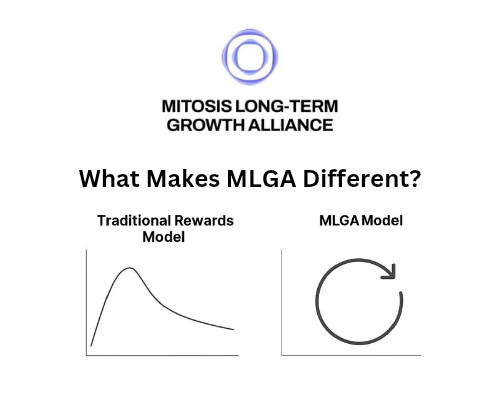Understanding Programmable Liquidity with Mitosis

INTRODUCTION
In traditional DeFi models, liquidity often sits idle or gets locked into static pools. These systems rely on liquidity providers (LPs) to deposit assets and hope that others borrow or swap against them. But what if liquidity could do more? What if it could move across chains, adapt to new strategies, and become composable within any ecosystem?
That’s exactly what Mitosis is building. Welcome to the world of programmable liquidity.
What is Programmable Liquidity?
Programmable liquidity refers to a system where liquidity isn’t confined to one purpose or one chain. Instead, it becomes a dynamic asset that can be directed, replicated, and composed based on user intent and protocol alignment.
With Mitosis, liquidity can be actively managed and allocated across multiple chains. This gives users more control and flexibility while reducing the risks and friction of fragmented liquidity.
The Mitosis Layer
Mitosis introduces a modular architecture that brings programmable liquidity to life. It starts with vaults/campaigns. These vaults/campaigns accept supported assets from users, such as ETH or stablecoins. Once deposited, users receive a tokenized representation of their deposit.
This tokenized form is called a MiAsset or MaAsset, depending on the vault and strategy. MiAssets are liquid, composable representations of your vault deposits. Think of them as receipts that do more than prove you participated. They can be traded, staked, used in other protocols, or held to accumulate ecosystem benefits.
Vaults on Mitosis don’t just hold assets. They replicate those assets across supported chains, allowing users to participate in yield campaigns without bridging. Users can deposit once and let their liquidity work across the entire Mitosis network.
How It Works
- A user deposits ETH into a Mitosis vault.
- The protocol mints a MiAsset or MaAssets representing the user’s deposit.
- That MiAsset can be used in other DeFi apps or held to earn protocol rewards.
- The vault replicates the value across chains, enabling liquidity campaigns and yield generation wherever needed.
- Users can withdraw at any time, reclaiming their underlying asset and any rewards earned.
This architecture turns passive LP capital into active liquidity. It’s programmable because the user, protocol, and vault logic determine where and how that liquidity behaves.
Why It Matters in the DeFi world
Programmable liquidity changes the way DeFi works. No longer do users need to pick one chain or dApp to interact with. Instead, their liquidity becomes modular, flexible, and valuable across ecosystems.
It reduces capital inefficiency, simplifies yield farming, and opens the door to multichain composability. As Mitosis evolves, programmable liquidity may become the standard for how value moves across DeFi.
Conclusion
With MiAssets and MaAssets powering the next generation of DeFi infrastructure, Mitosis isn’t just another protocol. It’s a liquidity layer that makes capital intelligent, aligned, and mobile.
The future of DeFi won’t be built on isolated pools or rigid staking models. It will be powered by programmable liquidity and Mitosis is leading the way.
Mitosis mainnet is coming soon.
Deposit in vault. Get MiAssets. Earn yields. Use MiAssets in other DeFi apps. Withdraw anytime.
Mitosis is a one stop shop to everything DeFi

Comments ()